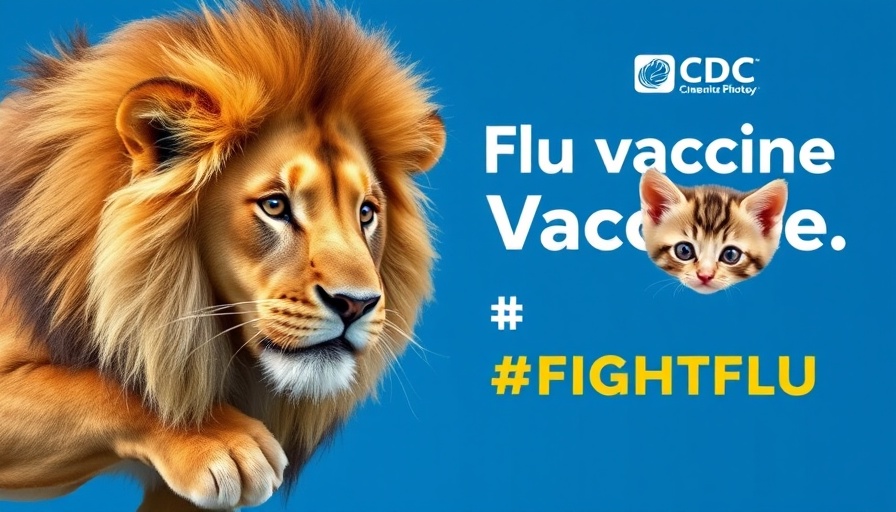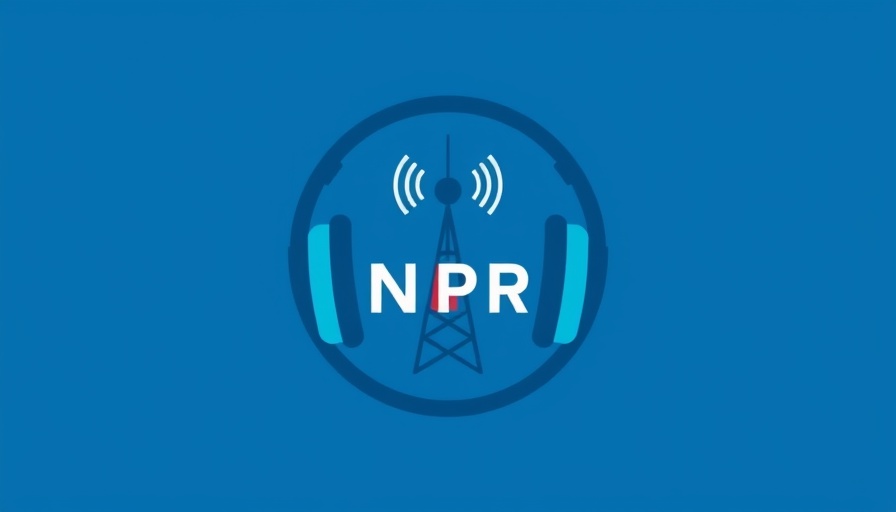
Trump Administration's Flu Vaccine Campaign Suspension: A Decision Amid a Rising Health Crisis
In a surprising turn of events, the Trump administration has suspended the Centers for Disease Control and Prevention’s (CDC) "Wild to Mild" flu vaccination campaign aimed specifically at high-risk groups like pregnant women and children. This decision coincides with a notably severe flu season, where hospitals have admitted the highest number of flu patients in 15 years — over 50,000 cases in one week alone.
The Impact of the 'Wild to Mild' Campaign
The "Wild to Mild" campaign effectively employed vivid imagery contrasting wild animals with their gentler analogs to communicate the importance of flu vaccination. The messaging emphasized that while the vaccine might not completely prevent illness, it significantly reduces symptoms and the likelihood of severe complications.
According to comments made by Erin Burns, associate director for communications at the CDC, the campaign was deemed a success, having importantly shifted public sentiment regarding the flu vaccine during a time when vaccination rates had drastically declined since the onset of the COVID-19 pandemic. This initiative was especially crucial for vulnerable populations, sending a clear and creative message about achieving partial protection against the flu.
Public Response and the Timing of the Decision
The abrupt termination of this campaign raises questions about the administration’s priorities regarding public health messaging. With flu cases surging, health experts and officials have expressed concerns over the potential consequences of withdrawing a campaign that was reportedly effective at persuading individuals to get vaccinated. The decision was announced clearly during an internal meeting at the CDC, signaling a top-down approach that has drawn criticism from many health professionals.
Responses from Health Experts and Advocates
Experts, including Marla Dalton from the National Foundation for Infectious Diseases, voiced their displeasure, highlighting that the campaign conveyed an essential message — differentiating between partial and complete illness prevention. The cessation of the campaign at such a critical moment may lead to worsening public health outcomes, especially among the populations most affected by flu infections.
Moreover, Nina Webb, a healthcare advocate, pointed out that this is particularly alarming given that flu vaccination rates were already on the decline through efforts made during the ongoing COVID-19 pandemic. Public health communications play a vital role in guiding the populace during such health crises, and any perceived effort to constrain this could have lasting implications for trust and participation in public health initiatives.
Future Implications for Public Health Campaigns
This action also foreshadows potential changes in how health messaging will be conducted under the current administration. There are concerns regarding a broader directive that could see other health campaigns and communications from agencies like the CDC and FDA being put on hold, similar to actions reported during Trump's first term.
As the new administration settles in, the next steps regarding public health communications will be scrutinized. Transparency is critical, especially as the CDC has often found itself at the forefront of managing crisis responses and educating the public about health risks and preventative measures.
Concluding Thoughts: The Need for Uninterrupted Public Health Messaging
As we witness an evolving public health landscape, it’s essential to advocate for continuous and clear communication, particularly from agencies like the CDC that are pivotal in managing health crises. In these turbulent times, maintaining a dialog with the public about vaccination and health initiatives cannot be understated.
To ensure that the public remains informed and engaged with health advisories, advocacy for re-establishing the "Wild to Mild" campaign or similar initiatives should be prioritized. For business professionals, understanding these dynamics can inform corporate health policies and strategies to support employees and families in navigating such critical public health narratives.
 Add Row
Add Row  Add
Add 




 Add Row
Add Row  Add
Add 

Write A Comment